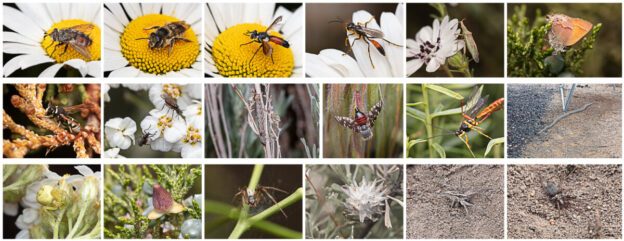Here are more photographs from my June trip to Central Oregon, beginning with flies because for whatever reason I ended up with a lot of them.
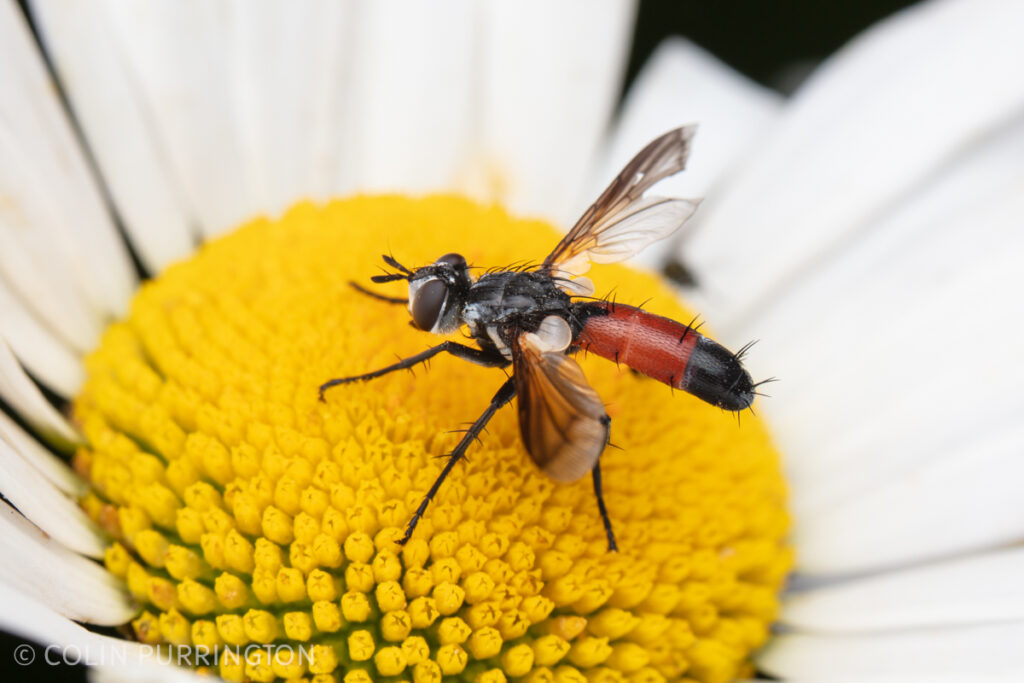
This little stunner of a tachinid is, I think, Cylindromyia intermedia, a parasitoid of stink bugs. The image itself is linked to my iNaturalist observation so if you think I’m wrong please add a correction.
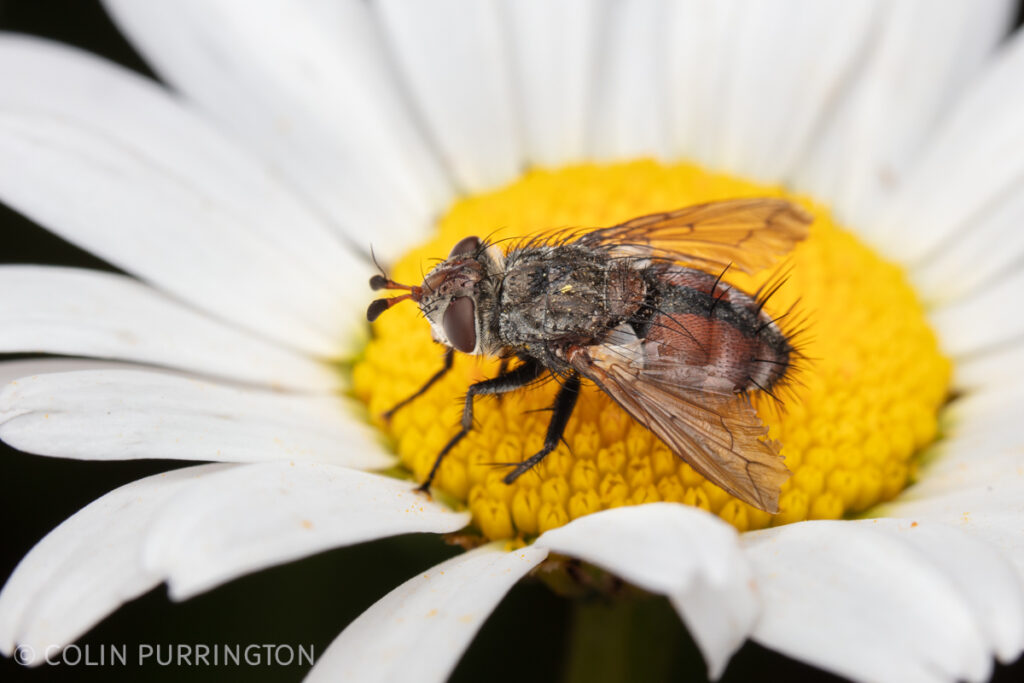
This is also a tachinid, perhaps Peleteria sp. Some members of the genus develop inside caterpillars, so this one probably does, too.

There were thousands of these dark-winged fungus gnats (Sciaridae) in the area. They have long mouthparts so I’m wondering whether they might in the genus Eugnoriste. Eugnoriste occidentalis is one option. I’m not sure what they do for a living but some members of the family make galls or hang out in galls made by others (inquilines). This is relevant because there are tens of thousands of galls on nearby western juniper (Juniperus occidentalis), sagebrushes (Artemisia spp.) and rubber rabbitbrush (Ericameria nauseosa).
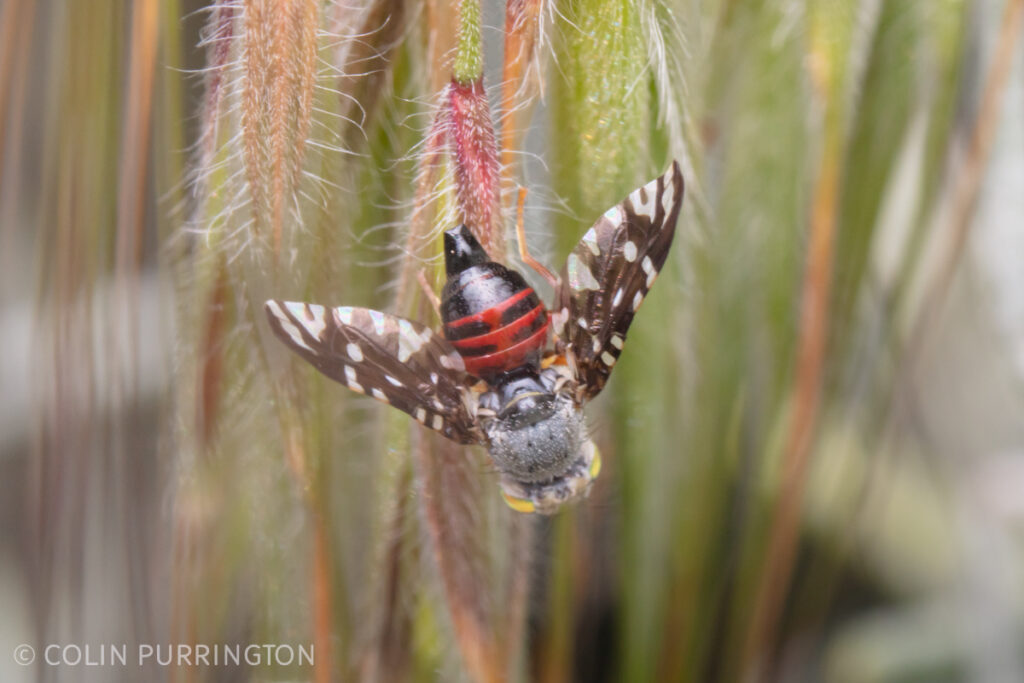
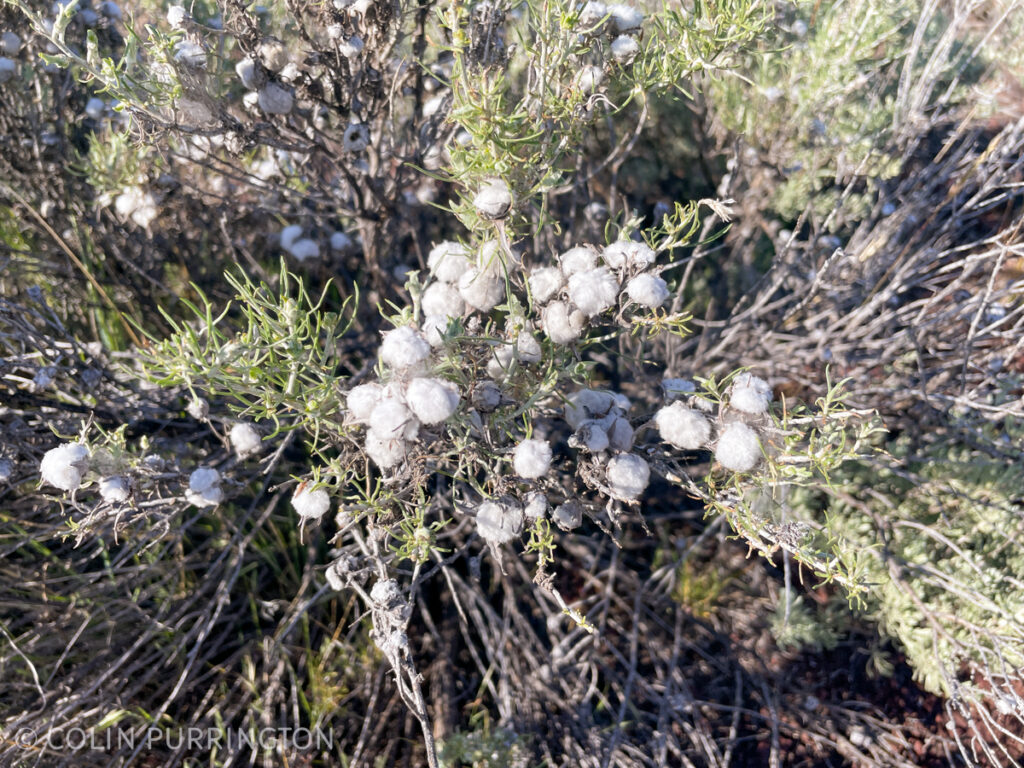
This is the my first sighting of the Aciurina bigeloviae (Tephritidae), the gorgeous mastermind behind the ubiquitous cotton galls that are found on rubber rabbitbrush (Chrysothamnus nauseosus) in the area.

I photograph one of these every time I visit the area. It’s a juniper urn gall midge (Walshomyia juniperina), a cecidomyiid.
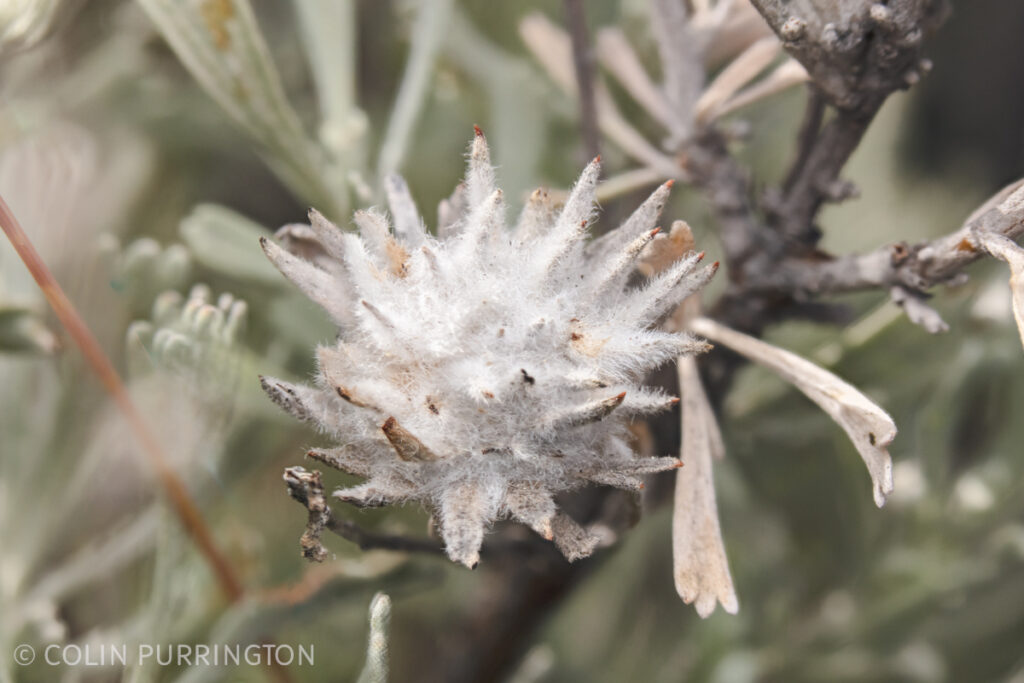
I have no idea what this is, still. I’ve been posting photographs of it to iNaturalist for years and the best guess is that it’s an undescribed species, maybe a Rhopalomyia (Cecidomyiidae) given that sagebrush supports so many others from the genus. It’s strange for such a beautiful gall to be such a mystery.
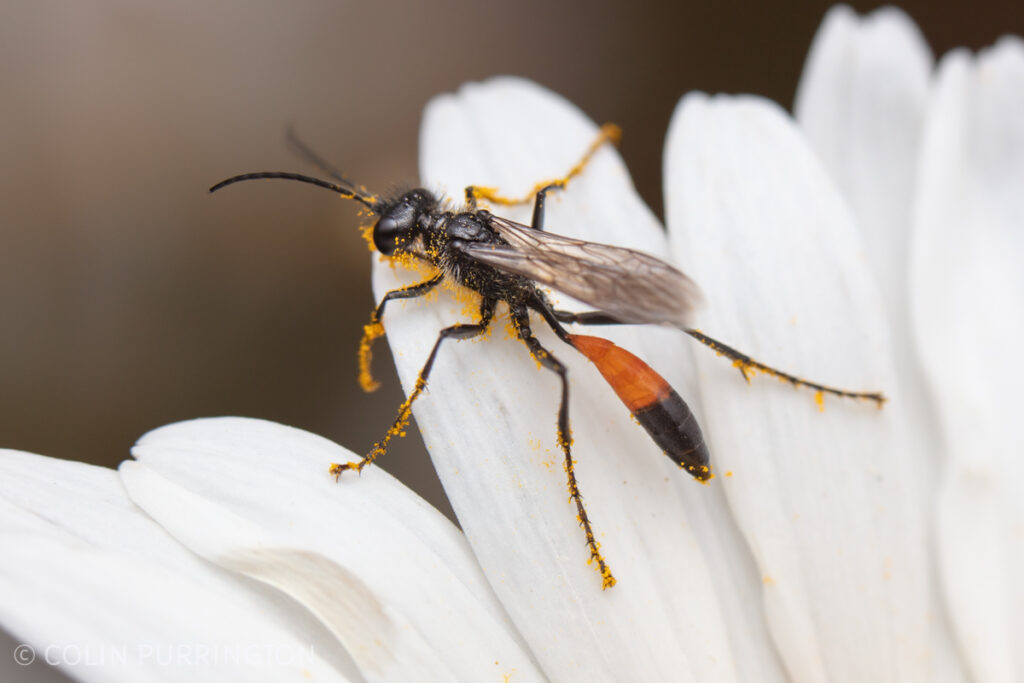
This might be in the genus Podalonia. Perhaps Podalonia robusta or the look-alike, Podalonia violaceipennis. But wasps are hard so more likely something completely different. But if by luck it’s P. robusta, the wasps apparently hunt cutworms, transporting the larvae back to a nest for its young to eat (Kurczewski et al. 1992). This paper reports that most members of the genus seem to prefer “hairless, nocturnal-feeding noctuid larvae.”

This is a fairly bad photograph of an ichneumonid wasp that was extremely common in the area. There were hundreds of them hovering low around sagebrush, clearly looking for something (prey or mates). They’d rarely land and when they did only for a second. I’d love to know what they were up to.
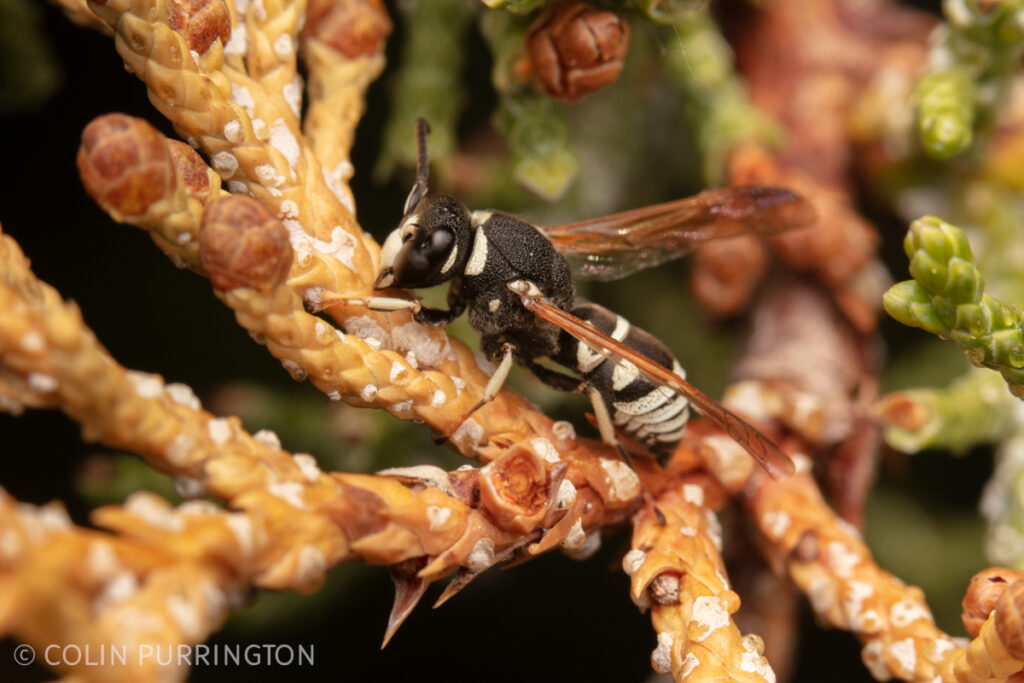
These potter wasps (Eumeninae) were very common, too. Given the dry environment it must be hard for them to find mud. I wonder whether they’d be OK collecting it after an animal urinates. Sorry, that’s probably TMI.
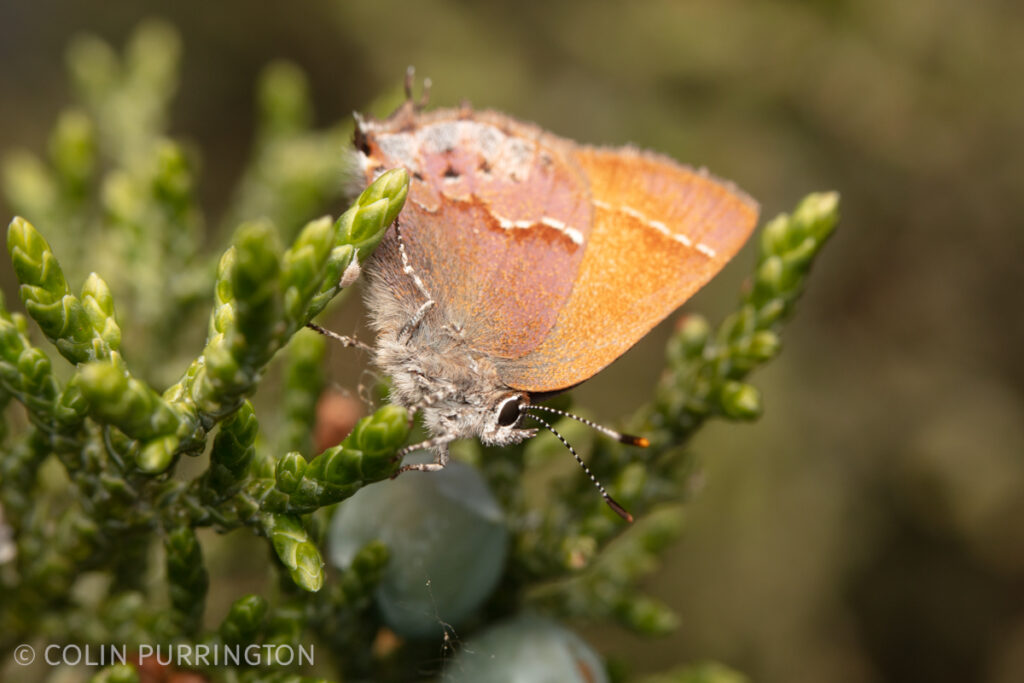
Juniper hairstreaks (Callophrys gryneus) were everywhere and were adorable. I swear they pose for photographs, knowing how cute they are. I’m wondering whether this area has the Columbia Basin juniper hairstreak (nr. chalcosiva). Dale Clark has excellent photographs of an egg and a larva.
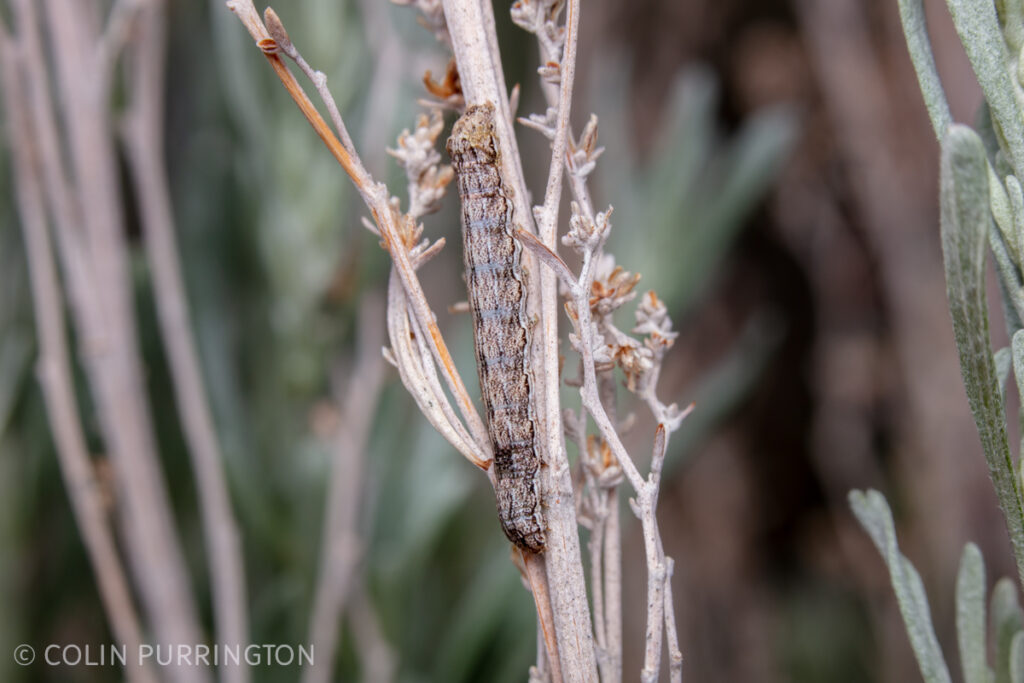
This caterpillar is large and well marked so I suspect it is identifiable. But not by me, sadly. I’ll update this post once somebody IDs it on iNaturalist. Might take a few years, of course.
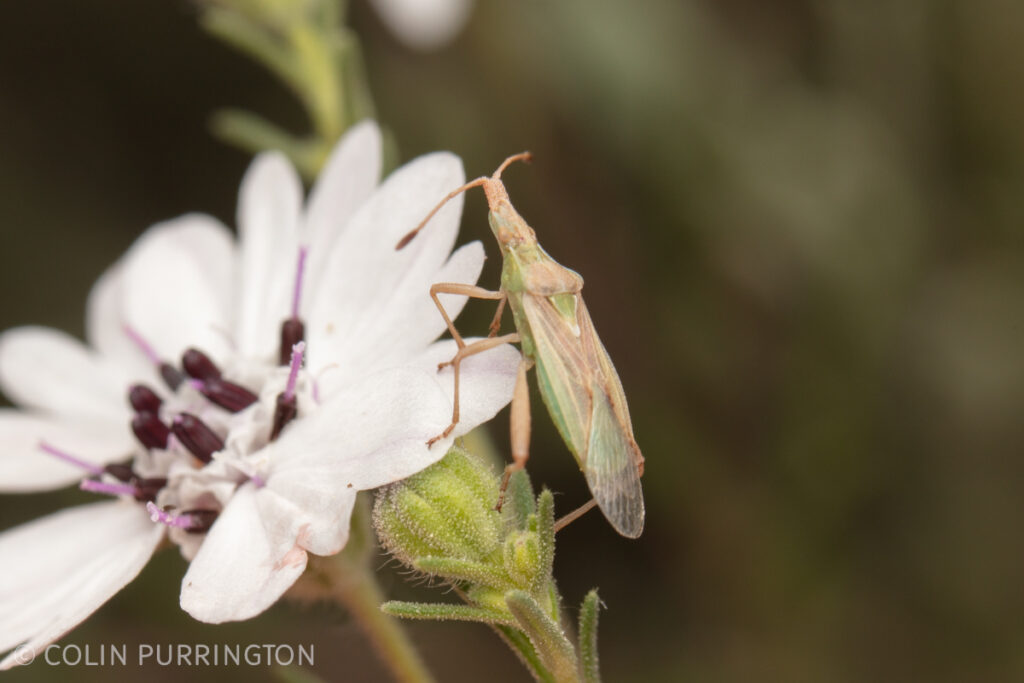
These bugs were especially common on yarrow. I’m thinking they are in the genus Harmostes. Annoyingly skittish and thus hard to photograph. Per iNaturalist there seems to be just one species in Oregon: Harmostes reflexulus. But BugGuide says that Harmostes dorsalis and Harmostes angustatus are also western options, so I’m unsure. They feed on seeds and flower parts.

Likely a Mecaphesa given their eye sizes and positions, and hairiness, but these are hard to get to genus let alone species. On iNaturalist there seems to be four options for species in Oregon, but I’m not sure how people arrived at their IDs and I suspect they don’t, either. Like most IDs on iNaturalist it’s a complete mess, and the guy who used to patrol such things gave up out of frustration.

I have no idea who this is. Possibly Metepeira (Araneide). They were everywhere.

I think this might be Schizocosa mccooki based on the description in Bradley’s book (which I highly recommend). Found it and the next spider underneath a dried cow dung. Not sure what it is eating but it grabbed it during the confusion of the dung flipping. One of these days I have to be methodical about flipping these over. Would be fun to make a post about all the animals under dung.
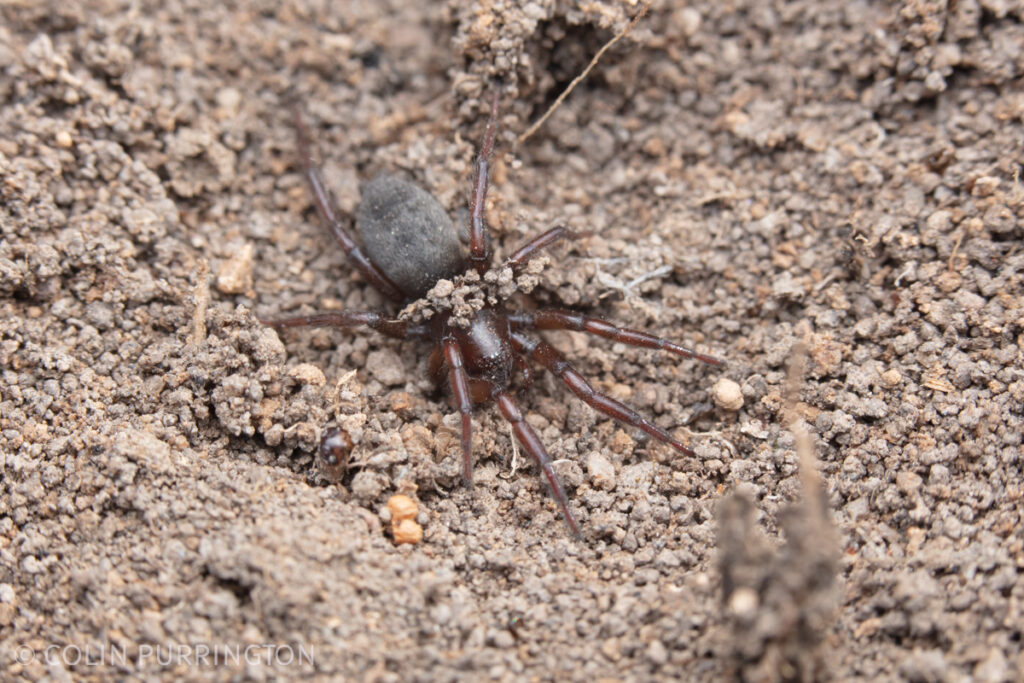
Based on the furry abdomen I think this is a mouse spider (Scotophaeus blackwalli; Gnaphosidae), a species introduced from Europe. They kill things, of course, but also seem to be happy to eat insects that are already dead, including specimens in insect collections.

And, finally, a Great Basin gopher snake (Pituophis catenifer desertico). Not venomous but apparently hisses and shakes its tail to mimic rattlesnakes, at least per Wikipedia; another site says these behaviors evolved earlier and independently. I always like to put the charismatic megafauna last because they already get so much attention.

